Introduction
In the vast realm of culinary arts, stewing stands as a timeless technique that transforms humble ingredients into rich, flavorful dishes. Among the myriad of meats that lend themselves well to this slow cooking process, ducks hold a special place. Their fatty yet tender flesh, combined with a robust flavor profile, makes them ideal candidates for stewing. This article embarks on a culinary journey, exploring the intricacies of how ducks are stewed, from selecting the perfect duck to mastering the art of flavor extraction through slow cooking.
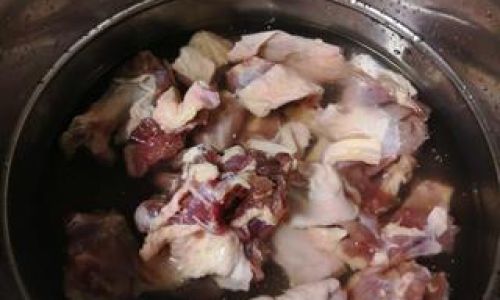
Chapter 1: Selecting the Right Duck
The first step in crafting a perfect duck stew is selecting the right duck. Various breeds and types of ducks are available, each offering distinct textures and flavors. For stewing, it’s crucial to choose a duck that balances fat content with meatiness to ensure a juicy, tender final dish.
1 Breeds and Types
- Mallard Ducks: Commonly found in wild and farmed varieties, mallards offer a balance of dark meat and fat, making them ideal for stewing. Their flavor is robust and slightly gamey.
- Peking Ducks: While primarily known for their use in roast dishes, Peking ducks can also be stewed, yielding a tender, flavorful meat with a subtle sweetness.
- Muscovy Ducks: Larger and leaner than most duck breeds, muscovy ducks provide a firmer texture that can withstand long cooking times without becoming mushy. Their flavor is more intense, with a nutty undertone.
2 Freshness and Quality
When selecting a duck, always prioritize freshness. Look for ducks with firm, moist flesh and a clean, fresh scent. Avoid ducks with slimy skin, dry meat, or an unpleasant odor. If purchasing from a butcher or farmer, inquire about the feeding and raising practices to ensure the duck was raised humanely and fed a natural diet.
Chapter 2: Preparing the Duck for Stewing
Once you’ve selected your duck, it’s time to prepare it for stewing. This involves a series of steps designed to enhance flavor, texture, and overall cooking experience.
1 Trimming and Cleaning
Begin by removing any excess fat, feathers, or pinfeathers from the duck. This not only improves the aesthetic appeal of the final dish but also ensures a more balanced flavor profile. Next, rinse the duck thoroughly under cold running water to remove any blood or impurities. Pat it dry with paper towels to prevent splattering during cooking.
2 Seasoning and Marinating
Seasoning the duck is crucial for building flavor. A simple blend of salt, pepper, and garlic powder can be rubbed into the skin and meat. For added depth, consider creating a marinade with ingredients like soy sauce, rice vinegar, ginger, and scallions. Marinate the duck for at least 2 hours, preferably overnight, to allow the flavors to penetrate deeply.
3 Cutting the Duck
For stewing, the duck should be cut into manageable pieces. Typically, this involves separating the breasts, legs, and wings. The breasts can be halved or quartered, while the legs and wings can be left whole or cut into smaller sections. Cutting the duck ensures even cooking and makes it easier to serve.
Chapter 3: Choosing the Right Pot and Ingredients
The pot you use for stewing and the ingredients you incorporate can significantly impact the final outcome of your duck stew.
1 The Pot
A heavy-bottomed pot, such as a Dutch oven or a cast-iron casserole, is ideal for stewing ducks. These pots retain heat well, promoting slow, even cooking that extracts maximum flavor from the ingredients. Ensure the pot has a tight-fitting lid to trap steam and moisture, which is essential for tenderizing the duck.
2 Base Ingredients
The foundation of any good stew is its base ingredients. For duck stew, this typically includes onions, carrots, celery, and garlic. These vegetables add sweetness, earthiness, and aromatic notes that complement the duck’s rich flavor.
3 Liquid Elements
The liquid used in stewing should be flavorful and capable of creating a rich, velvety sauce. Options include chicken or duck broth, red or white wine, beer, or a combination of these. The choice of liquid will influence the final taste of the stew, so select one that aligns with your preferred flavor profile.
4 Aromatics and Spices
Aromatics and spices add complexity and depth to the stew. Common choices include bay leaves, thyme, rosemary, and parsley. For a more exotic twist, consider adding star anise, cinnamon sticks, or cloves. These ingredients should be tied together in a bouquet garni or placed loosely in the pot to be easily removed before serving.
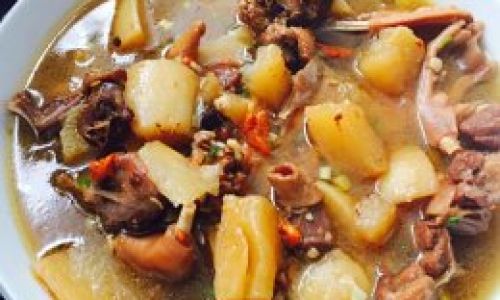
Chapter 4: The Stewing Process
Now that you’ve prepared your duck and gathered all the necessary ingredients, it’s time to begin the stewing process. This involves several key steps, each critical to achieving the perfect texture and flavor.
1 Sautéing the Duck
Begin by heating a small amount of oil in your pot over medium-high heat. Sear the duck pieces, skin side down, until golden brown and crispy. This not only adds flavor but also helps to render some of the duck’s fat, which will enrich the stew. Remove the duck pieces from the pot and set them aside.
2 Building the Base
In the same pot, sauté the prepared vegetables until they are soft and caramelized. This process extracts their natural sugars, adding sweetness and depth to the stew. Once the vegetables are cooked, deglaze the pot with a splash of the chosen liquid, scraping up any browned bits from the bottom. This adds additional flavor to the stew.
3 Adding the Duck and Liquid
Return the seared duck pieces to the pot, nestling them among the vegetables. Pour in enough liquid to cover the duck by about half to two-thirds. Bring the mixture to a simmer, then reduce the heat to low. Cover the pot and allow the stew to cook slowly, preferably over a gentle flame or in a preheated oven at around 300°F (150°C).
4 Slow Cooking
The magic of stewing lies in its slow cooking process. Cooking the duck at a low temperature allows the collagen and fats to break down, resulting in tender meat and a rich, velvety sauce. Depending on the size of the duck pieces and the desired texture, stewing can take anywhere from 2 to 4 hours. Occasionally check the stew, stirring gently to prevent sticking and adding more liquid if necessary.
5 Finishing Touches
When the duck is tender and the sauce has thickened to your liking, it’s time to finish the stew. Taste and adjust the seasoning with salt, pepper, and any additional herbs or spices. If the sauce is too thin, you can thicken it with a cornstarch slurry or reduce it further over heat. Conversely, if it’s too thick, add a bit more liquid.
Chapter 5: Serving and Enjoying Your Duck Stew
With the stewing process complete, it’s time to serve and enjoy your culinary creation.
1 Serving Suggestions
Duck stew pairs beautifully with a variety of sides. Mashed potatoes or creamy polenta can soak up the rich sauce, while roasted vegetables or a simple green salad provide a refreshing contrast. For a heartier meal, serve the stew over crusty bread or rice.
2 Presentation
Presentation is key to enhancing the dining experience. Ladle the stew into bowls, ensuring each serving includes a mix of duck pieces and vegetables. Garnish with freshly chopped herbs, such as parsley or chives, for a pop of color and added flavor.
3 Enjoying the Moment
Finally, sit down and enjoy the fruits of your labor. Savor each bite, appreciating the layers of flavor and the tender texture of the duck. Reflect on the journey you’ve taken, from selecting the duck to perfecting the stew, and appreciate the artistry of slow cooking.
Conclusion
Stewing ducks is a culinary endeavor that requires patience, precision, and a love for flavor. By following the steps outlined in this article, you can create a dish that is not only visually appealing but also deeply satisfying. The rich, hearty taste of a well-stewed duck is a testament to the power of slow cooking and the art of transforming simple ingredients into extraordinary meals. So, the next time you’re in the kitchen, consider embarking on this culinary journey and discovering the joy of stewing ducks. Bon appétit!
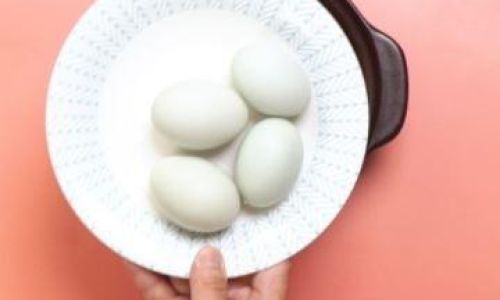

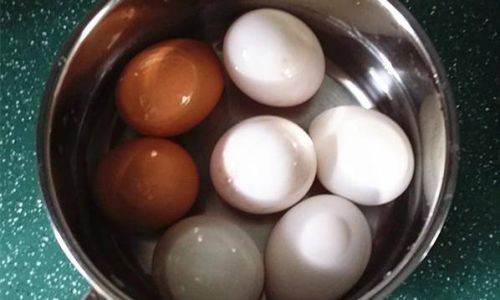
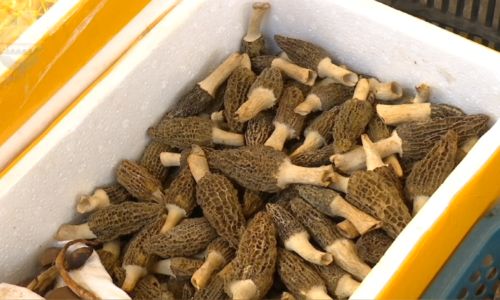
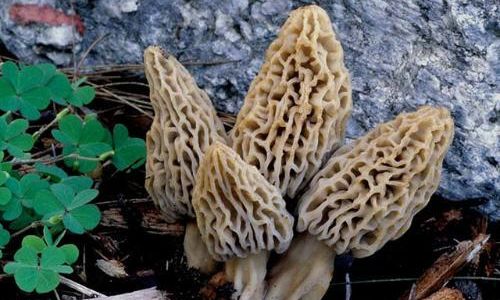
0 comments